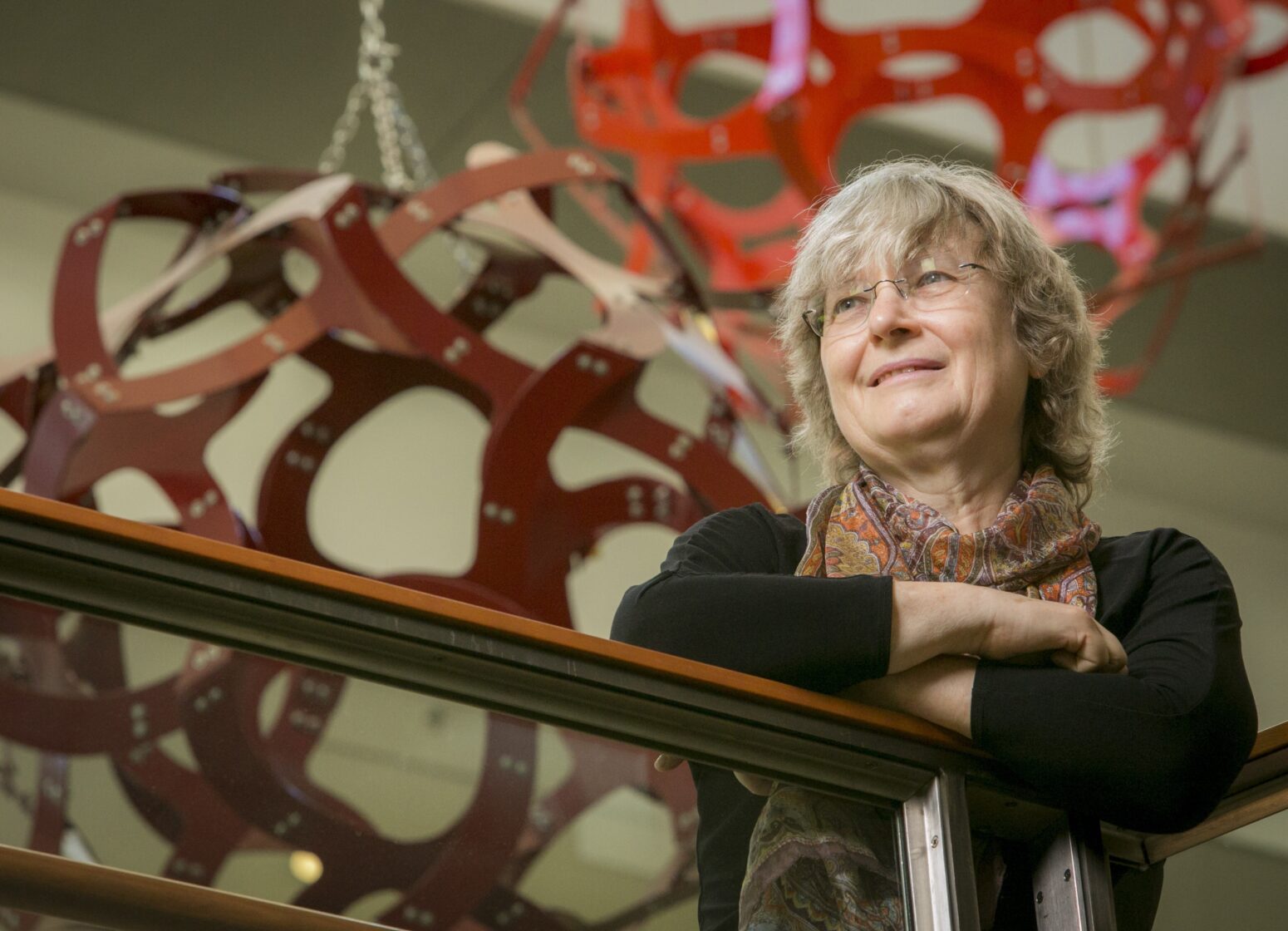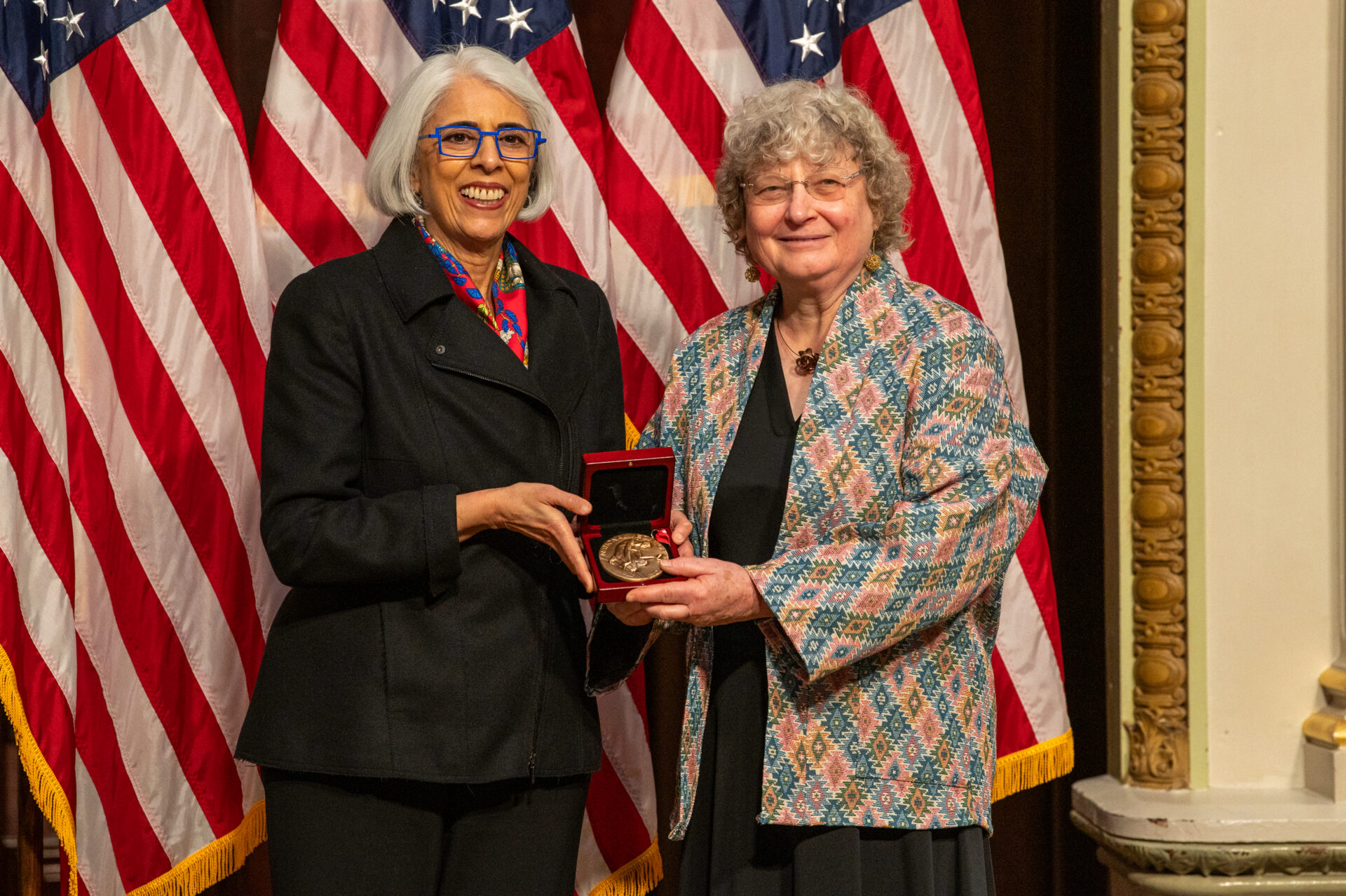Ingrid Daubechies obtained her Bachelor’s and Ph.D. degrees in theoretical physics at the Free University of Brussels. She joined the Mathematics Research Center at AT&T Bell Laboratories in 1987, the same year in which she wrote the paper that launched her global reputation in the field of wavelets. These mathematical tools allow efficient information packaging, especially when signals undergo sudden dramatic changes.
Undaunted by the entrenched belief that putting mathematics to work compromises its underlying beauty, Dr. Daubechies aimed to create practical tools that retained the wavelets’ theoretical integrity. The wavelets that she developed transformed signal processing in many digital settings. In images, for instance, they facilitate the ability to minimize bandwidth while maximizing quality. Dr. Daubechies has exploited wavelets and numerous other mathematical tools to solve problems in a wide range of fields, including brain imaging, geology, evolution, and even art restoration.
Dr. Daubechies joined the mathematics faculty at Rutgers University in 1991 and, three years later, Princeton University recruited her. In 2011, she moved to Duke University, where she is currently the James B. Duke Distinguished Professor of Mathematics and Electrical and Computer Engineering.
Dr. Daubechies has held numerous leadership positions, including president of the International Mathematical Union. In this role, she promoted equal opportunities in science and math education, especially in developing countries. She also serves on the board of directors of the EDGE Foundation, which aims to increase gender and racial diversity and equity in the mathematics community. Away from academia, Dr. Daubechies teamed up with fiber artist Dominique Ehrmann to inspire a group of 24 mathematicians and artists to create Mathemalchemy, a traveling installation aiming to convey the beauty, the creativity and the fun of mathematics.


